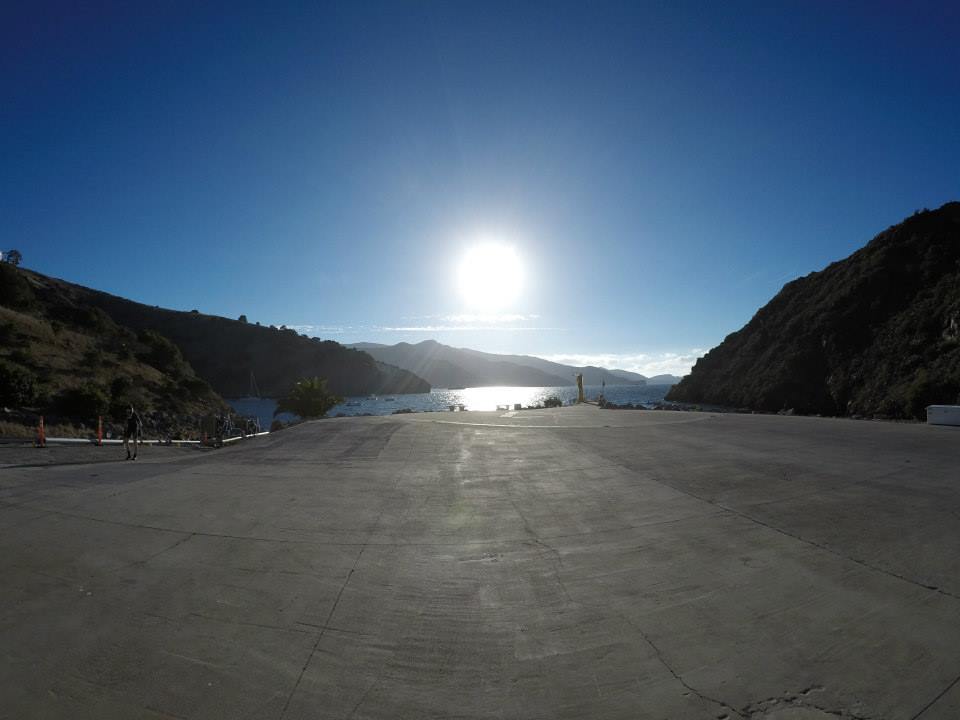 By Stephen Pang, Ichthyology Lab
By Stephen Pang, Ichthyology Lab
If you read my previous blog post, you may remember that I spent my summer out on Santa Catalina Island at the Wrigley Marine Science Center (WMSC), a research facility owned and operated by the University of Southern California (USC). While there, I began my thesis research examining the effect of male limitation on the reproductive output of blackeye gobies, a temperate sex-changing fish. While we were able to successfully set up the project, we were unable to collect any useable data.

Undeterred, we returned to WMSC this past January in an attempt to get the project up and running again. The artificial reefs we had built and used this past summer were still in place so our first order of business was to collect some fish. To get my project going, we would need to catch approximately 500-700 blackeye gobies. Much to our dismay, we found that the number of blackeye gobies on the surrounding natural reefs was too low to continue with the project in the winter. On the first few dives at our collection sites, we didn’t see any blackeye gobies.
Dr. Mark Steele (one of the principal investigators on this project) has been working with gobies around Catalina Island for the majority of his career and had never seen abundances this low before. If you recall from my previous post, the major problem that we had with blackeye gobies this summer was that they didn’t want to spawn. We think that this may have been due to the incredibly warm water temperatures this summer. If our fish weren’t spawning, it’s very likely that the natural populations of blackeye gobies weren’t spawning as well. This may have been what caused the low numbers of blackeye gobies that we saw in January.
I will be returning to WMSC this summer in another attempt to obtain some useable data. I am confident that this field season will provide more favorable results as long as there are a sufficient number of gobies for use in this study. While it’s likely that the water temperatures will still be warm, moving the reefs deeper in the water column (to 60 feet as opposed to the 30 feet that they were at last summer) may help combat this.
I’m looking forward to spending another summer out on Catalina and can’t wait to get back in the water again!


